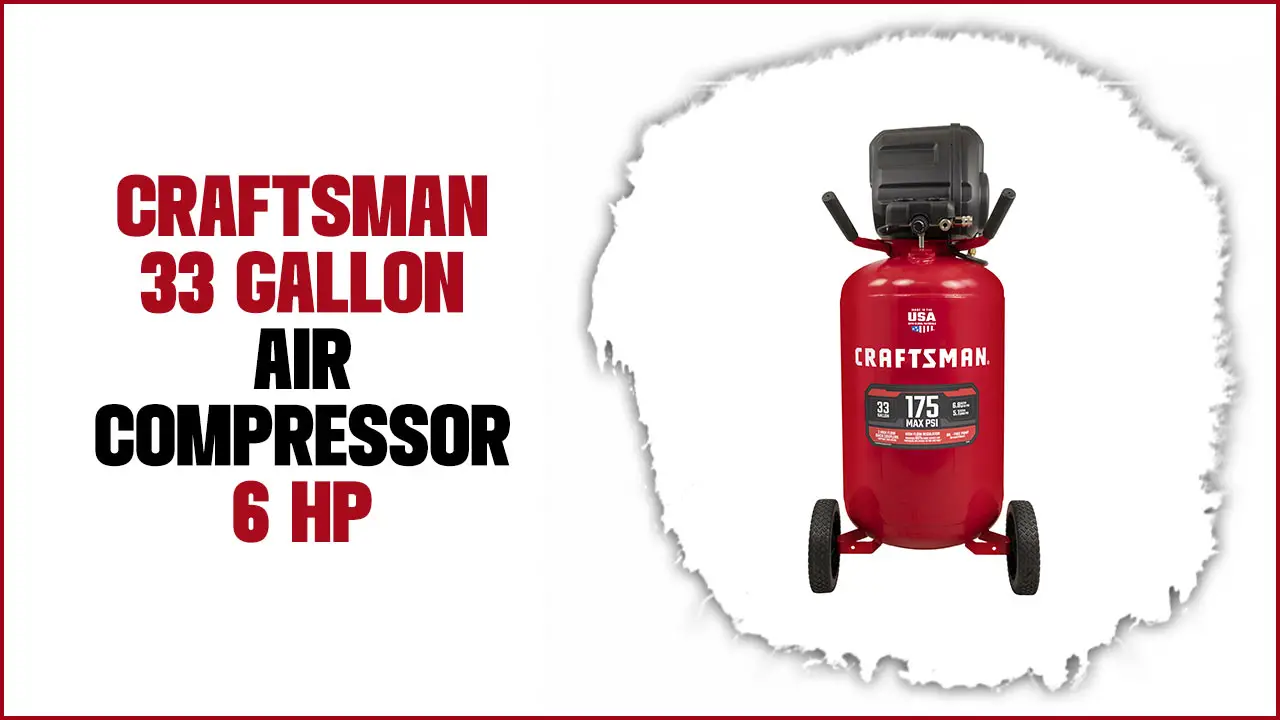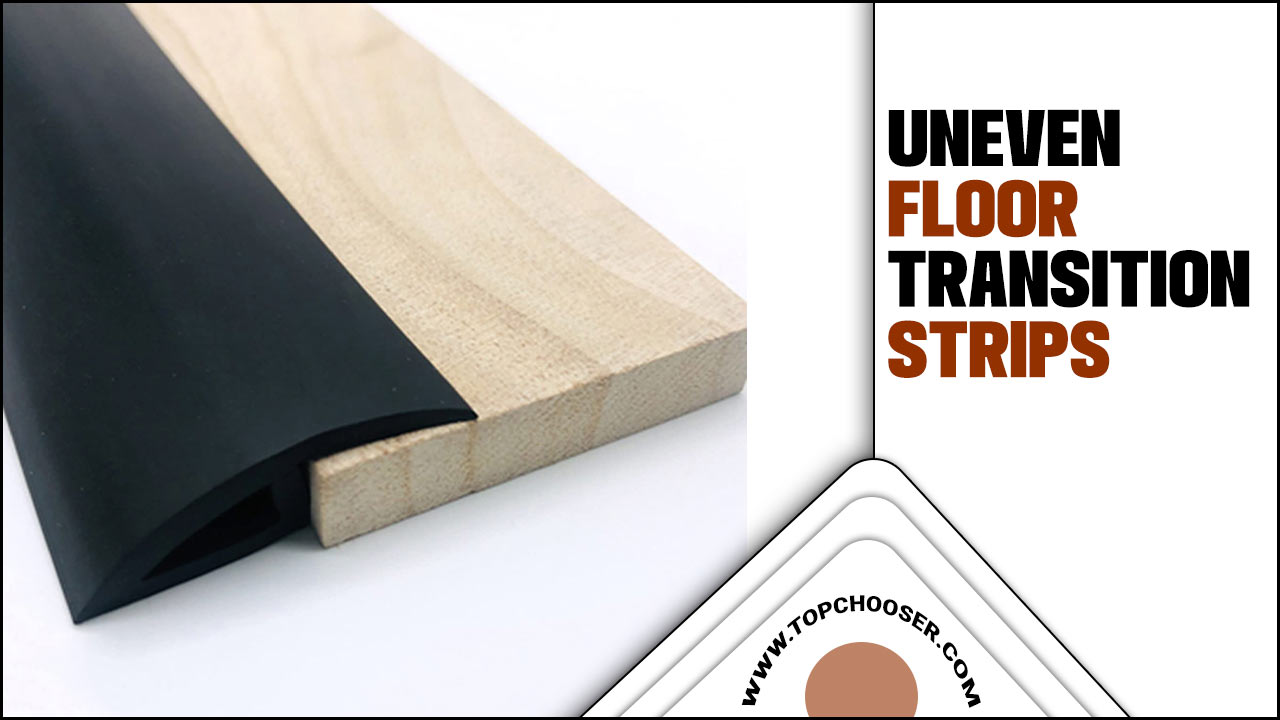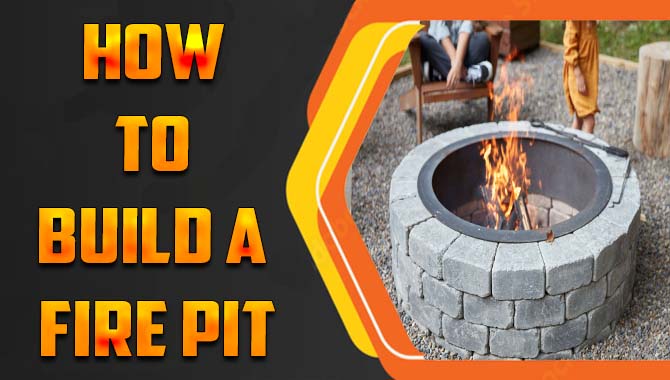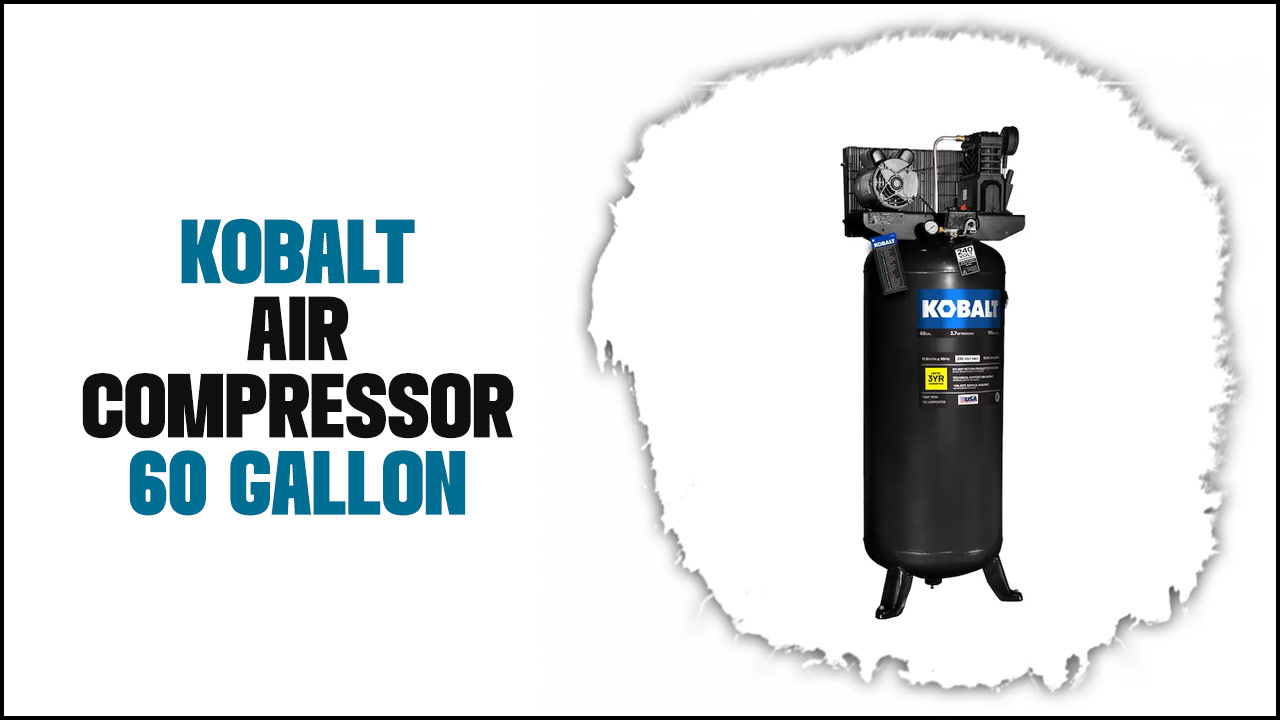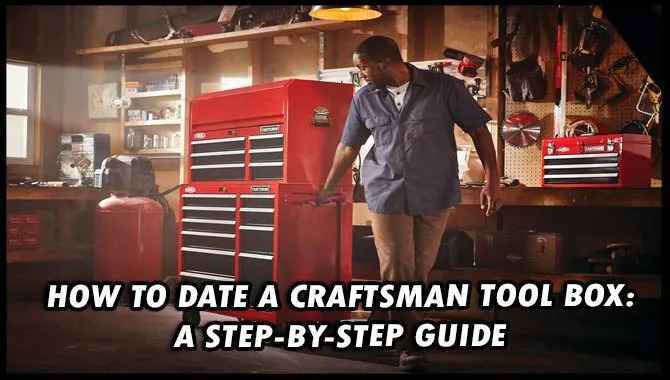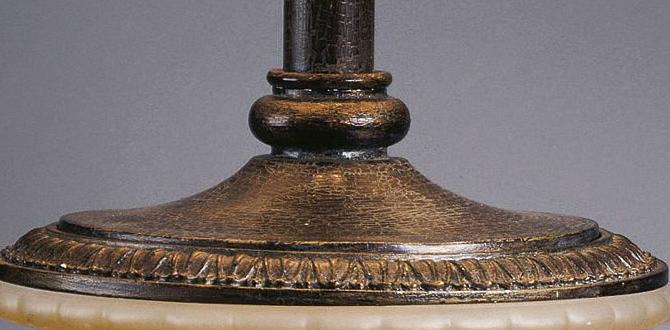How To Stop A Dog From Urinating In The House Effectively
How to Stop a Dog from Urinating in the House
Many dog owners face the challenge of their pets urinating indoors. Understanding why dogs do this is the first step. Dogs may have health issues, anxiety, or simply lack proper training. Positive reinforcement can encourage them to go outside. Establishing a routine for bathroom breaks helps too. Did you know that scent-marking is natural for dogs? Keeping them calm and providing plenty of exercise can also make a big difference.Understanding the Causes of Indoor Urination
Common medical reasons for inappropriate urination. Behavioral factors that influence urination habits.Dogs may urinate indoors for several reasons. Sometimes, it’s a medical issue, like a urinary tract infection that’s as annoying as a mosquito at a picnic. Other times, they may be anxious or simply not trained yet. Stress or excitement can also lead to indoor accidents. Understanding why your pup is choosing the living room carpet over the yard can help you solve the mystery. Here’s a quick look:
| Cause | Description |
|---|---|
| Medical Issues | Infections or bladder problems. |
| Behavioral Factors | Anxiety, excitement, or lack of training. |
Keep an eye out, and you’ll soon turn your dog’s indoor puddles into outdoor victories!
Establishing a Routine for Your Dog
Importance of consistent feeding and bathroom schedule. Tips for regular bathroom breaks.Dogs thrive on routine. When you feed them at the same time every day, they know what to expect. Sticking to a schedule helps your furry friend learn when it’s time to “go.” Take them outside after meals and first thing in the morning.
| Time | Activity |
|---|---|
| 7:00 AM | Breakfast |
| 7:15 AM | Bathroom break |
| 12:00 PM | Lunch |
| 12:15 PM | Bathroom break |
| 5:00 PM | Dinner |
| 5:15 PM | Bathroom break |
Regular breaks help prevent accidents in the house. Remember, a happy dog is a dry dog! If only they could laugh at their own blunders!
Training Techniques to Reduce Indoor Urination
Positive reinforcement methods. Crate training for effective housebreaking.Using positive reinforcement makes training fun! Reward your dog with treats or praise when they go outside. This helps them learn the right spot. Make it a game! Crate training is also useful for housebreaking. It keeps your dog safe and shows them where to sleep. Use the crate as a cozy spot. Dogs don’t like to mess where they sleep. When done right, they learn quickly to hold it until they are outside.
How can I help my dog learn where to go potty?
To help your dog learn, always reward good behavior and use their crate wisely.
Tips for Successful Training:
- Be patient and consistent.
- Take your dog out after meals.
- Clean accidents well to remove scents.
Addressing Medical Issues
Recognizing symptoms of urinary tract infections. Consulting with a veterinarian for behavioral concerns.It’s important to watch your furry friend for signs of trouble. If your dog is squatting more than usual, or seems to have a hard time peeing, they might have a urinary tract infection. Watch for excessive licking and a need to go out more often. These could be red flags! This is the time to bring your pup to the vet. They can help with both medical issues and any sneaky behavior that leads to accidents indoors.
| Symptoms | What to Do |
|---|---|
| Frequent urination | Consult a vet immediately |
| Straining to pee | Check for infections |
| Excessive licking | Ask your vet for advice |
Creating a Positive Environment
Designing a designated potty area outdoors. Minimizing stressors in the home environment.Making a happy space for your dog helps them feel safe and calm. Start by creating a special potty area outdoors. This spot should be easy for your dog to find. Use fresh grass or soft soil to make it comfy. Additionally, keep your home quiet and peaceful. Loud noises or sudden movements can scare dogs. Consider the following tips:
- Choose a quiet place for the potty area.
- Limit distractions, like loud TV sounds.
- Give your dog time to adjust in new environments.
A calm dog is less likely to have accidents inside the house.
How can I make my dog’s potty area appealing?
Make it clean and easy for your dog to reach. Add a few favorite toys or treats nearby. This way, your dog will associate the area with good feelings!
Cleaning and Odor Management
Best practices for cleaning pet urine accidents. Effective products for eliminating odors and marking behavior.Accidents happen, but cleaning them up doesn’t have to feel like a crime scene investigation. First, soak up the urine with a cloth. Then, mix water and vinegar—ketchup’s jealous cousin! For tough stains, use enzymatic cleaners that break down odors and prevent your pup from marking the spot again. These products work like magic, making your home smell fresh again. Here’s a handy table of some top choices:
| Product | Type | Benefits |
|---|---|---|
| Nature’s Miracle | Enzymatic Cleaner | Stain & odor removal |
| Simple Solution | Stain Remover | Works on various surfaces |
| Bissell Pet Stain Eraser | Portable Cleaner | Great for spot cleaning |
Using the right products can help you keep your home clean. Remember, a clean space is a happy place—both for you and your furry friend!
When to Seek Professional Help
Signs that indicate the need for a dog trainer or behaviorist. Resources for finding qualified professionals.Some signs show you might need a dog trainer or behaviorist. These include:
- If your dog keeps urinating indoors, even after training.
- If your dog seems scared or anxious often.
- If you feel stuck and can’t find a solution.
Finding the right help is easy. Look for qualified professionals through:
- Your veterinarian’s recommendation.
- Local pet stores or shelters.
- Online directories like the Association of Professional Dog Trainers.
Getting professional help may change everything for you and your furry friend!
When should I consult a dog trainer?
If your dog’s behavior doesn’t improve after trying different methods, it’s time to ask for help. Professionals can offer new ideas that really work.
Conclusion
To stop your dog from urinating in the house, start by setting a routine for bathroom breaks. Reward them when they go outside. Clean any accidents well to remove scents. Keep a close eye on your dog, especially after meals. If problems continue, ask a vet for help. With patience and consistency, you can solve this issue!FAQs
Sure! Here Are Five Related Questions On The Topic Of How To Stop A Dog From Urinating In The House:To stop a dog from urinating in the house, take them outside often. Make sure they go out after eating or drinking. Praise them when they do their business outside. If they have an accident inside, don’t yell. Clean it up well so they can’t smell it anymore.
Sure! Please provide the question you want me to answer.
What Are The Most Common Reasons Dogs Urinate Indoors, And How Can I Identify The Cause In My Dog?Dogs often urinate indoors for a few reasons. They might be too excited, scared, or not fully trained. Sometimes, they may be sick or have a urinary tract infection. To figure out why your dog is urinating inside, watch for changes in their behavior. Notice if they’re drinking more water or if they seem to have trouble holding it. If you’re unsure, ask a vet for help.
What Training Techniques Can I Use To Teach My Dog To Go Outside For Bathroom Breaks?To teach your dog to go outside for bathroom breaks, you can use simple steps. First, take your dog outside often, especially after meals and naps. Use a special word like “outside” to help them understand. When they go outside, praise them and give them a treat. If they have an accident inside, don’t punish them; just clean it up and try again.
How Can I Effectively Clean And Eliminate Odors From Areas Where My Dog Has Urinated Indoors?To clean dog urine, first, soak up as much liquid as you can with paper towels. Next, mix equal parts of water and white vinegar in a spray bottle. Spray the area and let it sit for about 10 minutes. Then, wipe it clean with a cloth. Finally, sprinkle baking soda on the spot to help remove any lingering smell.
Are There Any Specific Medical Conditions That Could Cause My Dog To Urinate In The House, And When Should I Consult A Veterinarian?Yes, some medical conditions can make your dog urinate inside. These include urinary tract infections, diabetes, and kidney problems. If your dog suddenly starts peeing in the house, we should visit the veterinarian. It’s important to get help if this happens more than once. The vet can check your dog and give the right treatment.
How Can I Establish A Consistent Potty Schedule For My Dog To Prevent Indoor Accidents?To set a potty schedule for your dog, take them outside at the same times every day. Start by letting them out first thing in the morning, after meals, and before bed. Pay attention to their signs that they need to go, like sniffing or circling. Always reward your dog with a treat or praise when they go outside. This will help your dog learn where to go!


